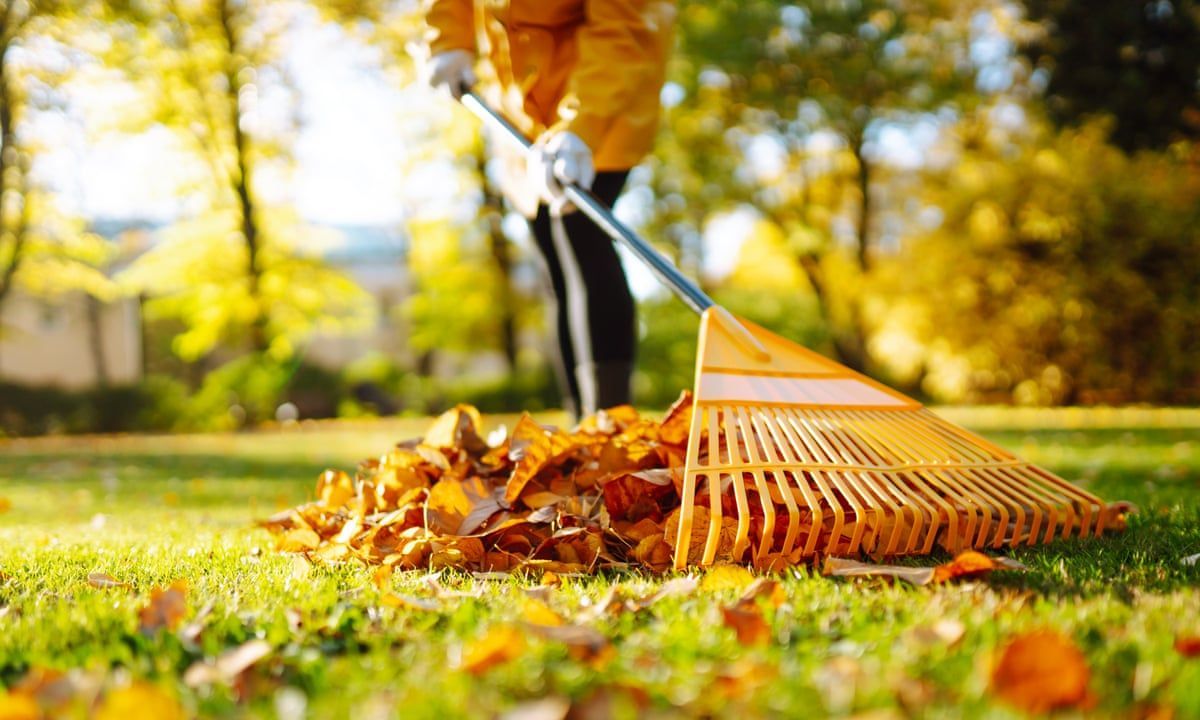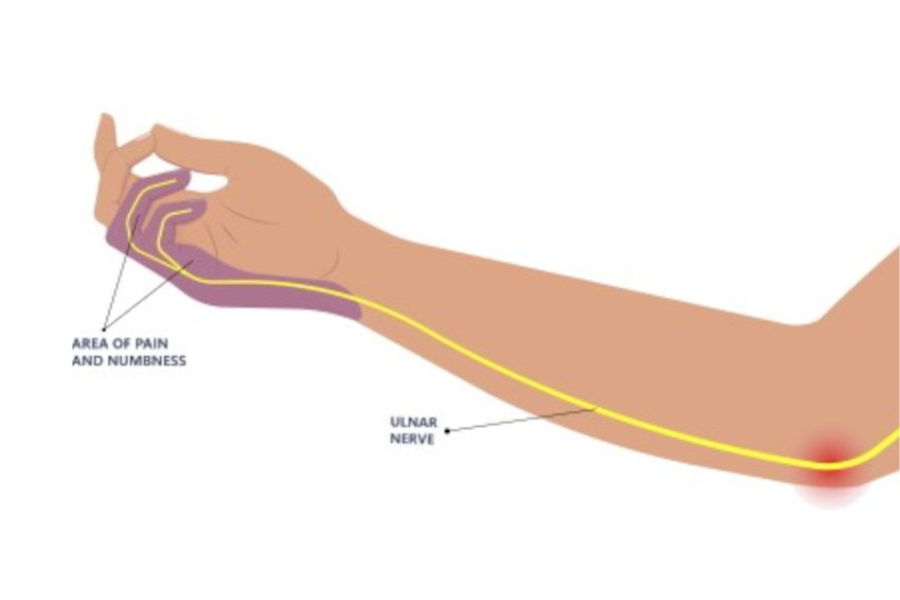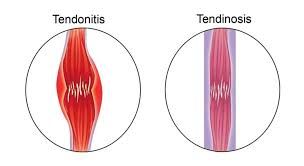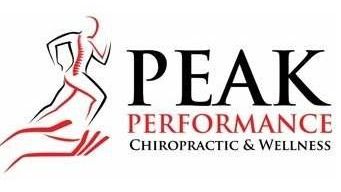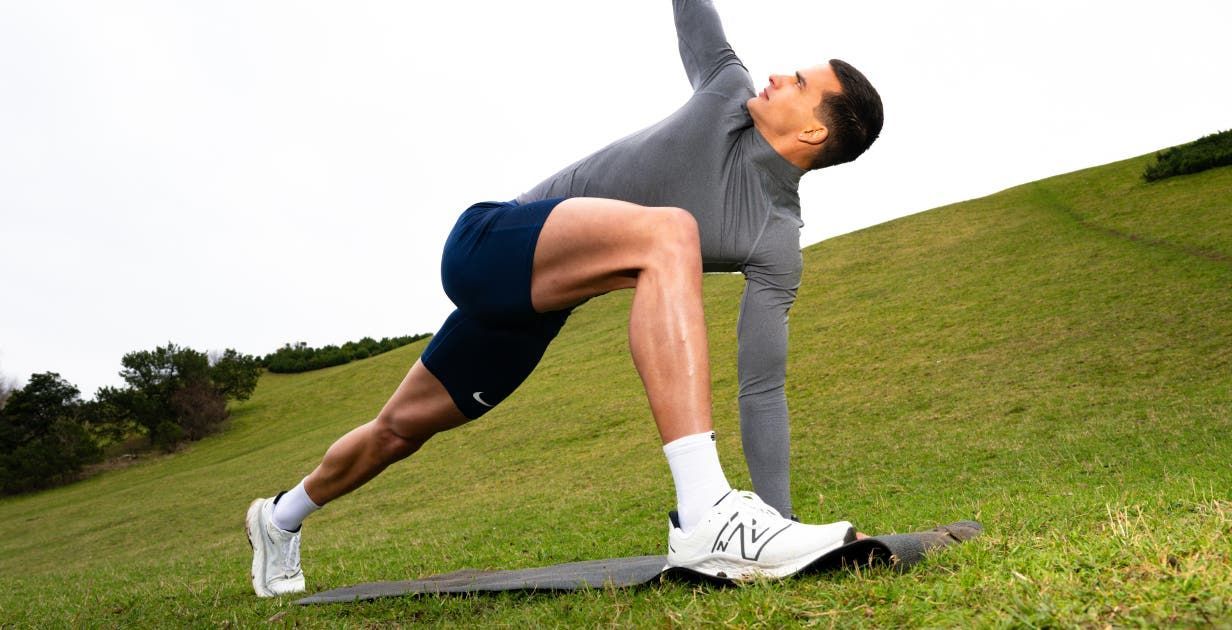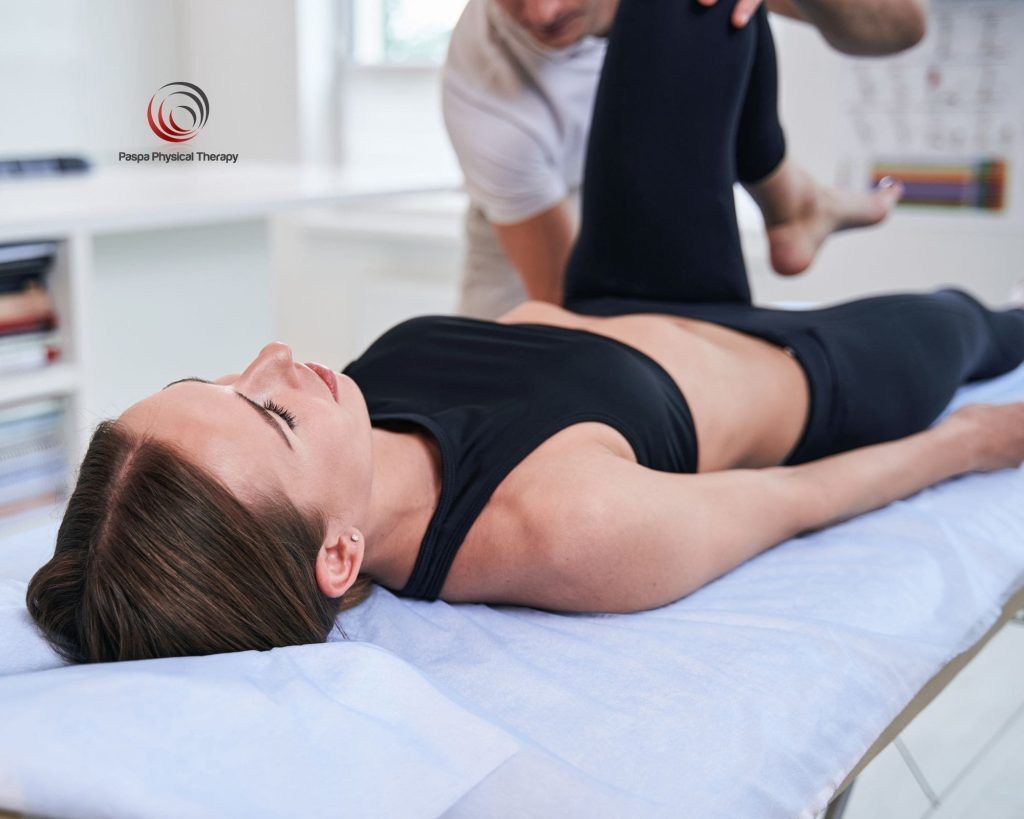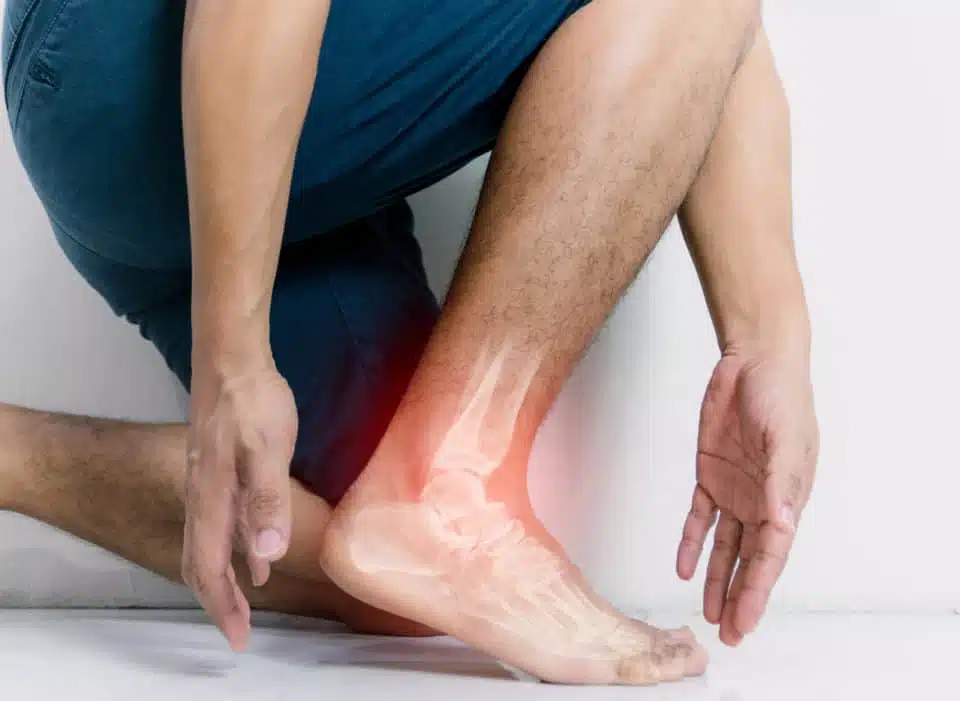11 Reasons to Get a Massage this Month
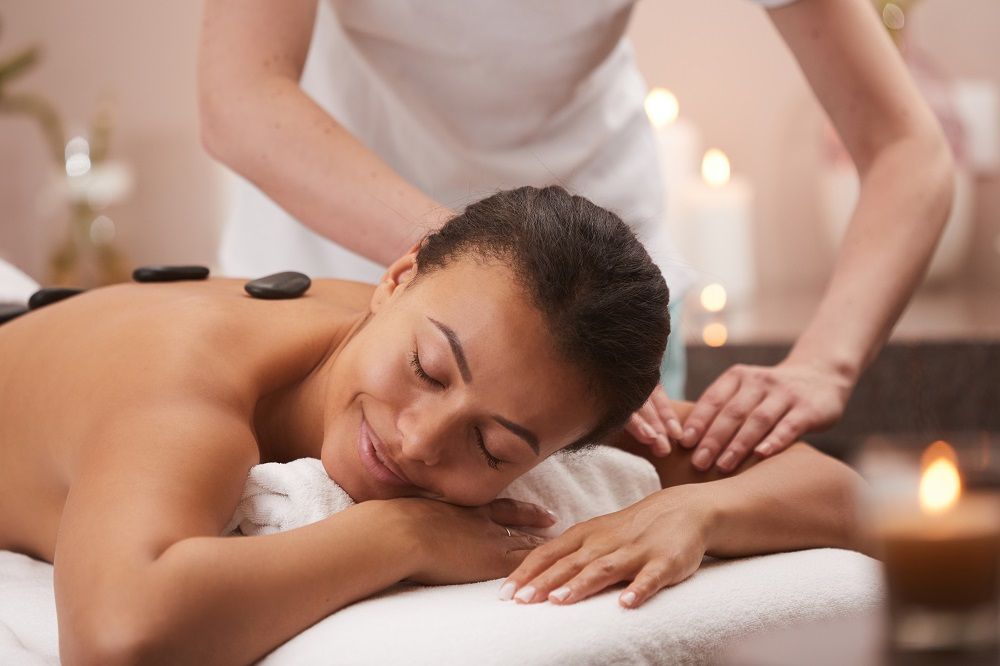
Whether you’re a first-timer or a frequent flyer, this is the time of year to prioritize self-care! The holiday season has a way of cranking up the stress levels, and your body tends to hold onto that tension like it’s clinging to the last gingerbread cookie on the plate. Prioritizing your mental health and your body can take the edge off the holiday madness. In case you need a little extra convincing to carve out 30, 60, or even 90 minutes just for yourself, here are 9 reasons to book a deep tissue massage this month:
1. Improved Mobility
You’re wrapping gifts on the floor at 2 a.m. or reaching for that last box of ornaments on the top shelf—holiday activities demand a certain level of flexibility. Luckily, deep tissue massage can help increase your range of motion and keep your joints and muscles moving more freely. Studies show this type of massage works deep into the muscles to release adhesions and reduce stiffness, so you’ll be bending, lifting, and stretching with ease this season.
2. Pain Relief
Is your back sore from shoveling snow or are your shoulders tight from carrying heavy shopping bags? A deep tissue massage is your holiday miracle worker. Chronic pain, sports injuries, or even flare-ups from new seasonal activities (hello, ice skating tumbles!) can all benefit from this targeted therapy. Our licensed massage therapists in Buffalo, NY, specialize in relieving discomfort and addressing the root causes of muscle tension. Don't wait—gift yourself some relief!
3. Reduced Inflammation
Sure, red is the color of the season, but inflamed joints and muscles aren’t quite as festive. Deep tissue massage enhances blood flow, which helps to flush out toxins and reduce inflammation. This improved circulation promotes faster healing and less stiffness. Whether you’re recovering from a tough workout or simply trying to feel more comfortable in your winter coat, reduced inflammation means a healthier, happier you.
4. Stress Relief
We all love the holidays, but let’s be real—they’re a lot. From navigating mall parking lots to hosting family gatherings, stress levels can skyrocket. Deep tissue massage works wonders in reducing cortisol (your stress hormone) while boosting serotonin and dopamine, leaving you feeling relaxed and refreshed. It's the perfect way to reset both your body and mind amidst the chaos.
5. Improved Circulation
Deep tissue massage doesn’t just target sore muscles—it helps your entire body by increasing blood flow. Better circulation means more oxygen and nutrients delivered to your tissues, which aids in recovery and boosts overall wellness. Plus, when your body is functioning at its best, you’re more likely to enjoy all those holiday activities like sledding, snowball fights, or marathon cookie baking sessions.
6. A Boost of Holiday Cheer (aka Improved Mood)
Want to be the person exuding festive vibes instead of barely holding it together by the tinsel? A deep tissue massage can lift your mood by triggering the release of feel-good endorphins. Whether you’re tackling a mile-long to-do list or bracing yourself for another round of family debates, this mood boost might be your secret weapon for holiday happiness.
7. Some Much-Needed Alone Time
Between the endless holiday parties and family get-togethers, finding a moment for yourself can feel like a pipe dream. A deep tissue massage offers the ultimate escape—a quiet room, soothing music, and no one asking you for anything. It’s the perfect way to recharge so you can go back to being your fabulous holiday self.
8. Better Sleep
If visions of sugarplums aren’t dancing in your head because you’re too stressed to sleep, a deep tissue massage might be just the thing. Massage therapy helps calm the nervous system and can improve the quality of your sleep. Better rest means more energy to enjoy all the festivities, from gift wrapping to midnight toast clinking.
9. Better Sports Performance (Even in Holiday Activities)
You don’t have to be training for a marathon to want your body performing at its best. Even holiday fun—like sledding, ice skating, or building snowmen—requires functional strength and flexibility. Deep tissue massage helps loosen tight muscles, improve balance, and reduce the likelihood of injury. Whether you’re the family champion at snowball fights or just trying to keep up with the kids, you’ll be ready for action.
10. Lower Blood Pressure (Because, Family)
Let’s face it: holiday gatherings can sometimes come with a side of stress. Massage therapy has been shown to lower blood pressure, helping you stay calm even when the in-laws are debating politics at the dinner table. By improving circulation and reducing cortisol, a deep tissue massage can make you feel like the calmest person in the room—no matter what’s happening around you.
11. It's the Ultimate Holiday Gift to Yourself
Why should everyone else get the gifts? A deep tissue massage isn’t just a treat; it’s an investment in your physical and mental well-being. It’s the gift of feeling your best during the most wonderful (and busiest) time of the year.
Ready to Feel Amazing?
If you’ve been waiting for a sign to book that massage, consider this it. Our licensed massage therapists here in Buffalo, NY, are experts in helping you feel your best—whether that’s loosening up those stubborn knots, easing chronic pain, or just giving you some peace and quiet this holiday season. Call today to schedule your session and make this month a little brighter for your body and mind!
Bethany Wolcott
